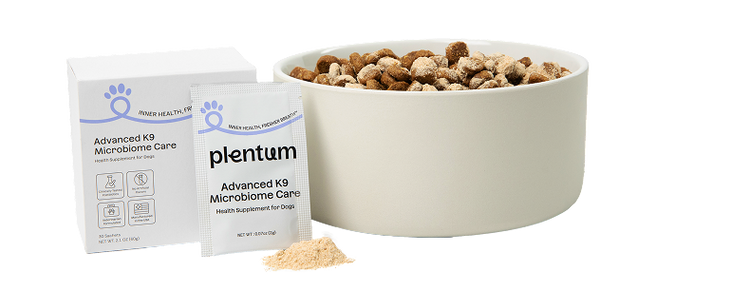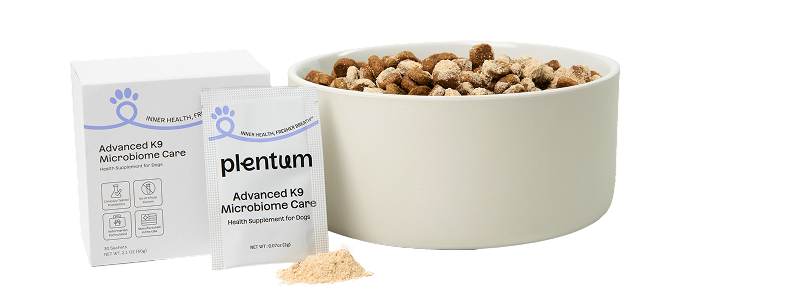Rotational Feeding & the Microbiome: A 2025 Guide to Doing It Safely
Learn how rotational feeding can boost your dog's microbiome diversity. Our how-to guide provides safe timelines, topper ideas, and monitoring cues to do it without tummy drama.
Learn how rotational feeding can boost your dog's microbiome diversity. Our how-to guide provides safe timelines, topper ideas, and monitoring cues to do it without tummy drama.

Your dog has started to develop food selectivity in their eating habits. Your concern about food allergies and persistent digestive issues in your dog keeps you up at night. The solution to your dog's wellness needs may not require finding one specific food but rather creating a diverse and strong dietary system. The fundamental concept of rotational feeding exists as its main principle.
The microbiome of dogs requires different foods to thrive. A strategic plan of feeding high-quality foods in rotation will help develop a diverse and strong gut microbiome. Many pet owners avoid changing their dog's diet because they worry about digestive problems. The following guide presents tested methods to help you implement dietary rotation for better gut health and overall wellness in your dog without causing any adverse reactions.

A diverse gut microbiome consisting of numerous beneficial bacteria forms the fundamental basis for canine wellness. The different strains of beneficial microbes receive their necessary nourishment from specific food ingredients which include proteins and fibers. The practice of food rotation creates direct advantages for achieving this goal.

The fundamental principle of rotational feeding requires owners to proceed with caution. The process of gradual food transition enables your dog's microbiome to adjust properly. The cause of stomach problems emerges from sudden dietary changes. The following step-by-step plan enables you to perform a smooth transition between foods.
|
Week |
Old Food Ratio |
New Food Ratio |
Key Observations |
|
Week 1 |
75% |
25% |
Introducing the new food. Monitor stool quality for firmness. |
|
Week 2 |
50% |
50% |
Balance both foods. Energy levels should be consistent. |
|
Week 3 |
25% |
75% |
The new food is now the majority. The gut is adapting well. |
|
Week 4 |
0% |
100% |
Full transition complete! You're now feeding the new food. |
Once your dog is stable on the new food for 1-3 months, you can use this same 4-week process to introduce the next food in your rotation.

A proper dietary variety requires more than exchanging protein sources between meals. The three essential components for dietary rotation include:
Make Transitions Smoother: A high-quality postbiotic supplement can be your best friend during food rotations. Postbiotics provide stable, beneficial compounds that directly nourish the cells lining the gut and support a balanced canine microbiome. Plentum’s all-in-one formula is designed to provide this extra layer of support, helping to maintain digestive stability when it matters most.

Your dog will give you all the feedback you need. Pay close attention to these cues:
Thoughtful rotational feeding serves as a powerful tool which enables you to maintain your dog's ongoing health. The practice of dietary variety helps you build a strong and adaptable gut microbiome while minimizing health dangers and creating positive eating experiences. A gradual and watchful method enables you to establish rotational feeding as a secure and beneficial practice for your dog.
Ready to give your dog the ultimate gut support during their next food rotation?
[Shop the Plentum All-in-One Supplement]
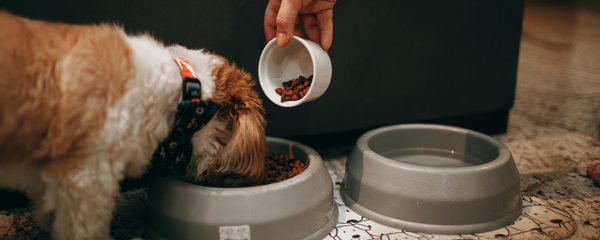
Learn how rotational feeding can boost your dog's microbiome diversity. Our how-to guide provides safe timelines, topper ideas, and monitoring cues to do it without tummy drama.
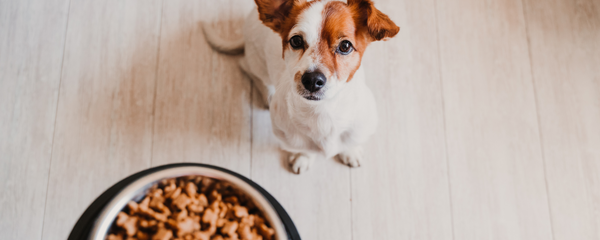
Navigating the challenges of puppy parenthood is even tougher when your new companion has a sensitive stomach. A puppy's digestive system is still developing, making their gut microbiome vulnerable to...
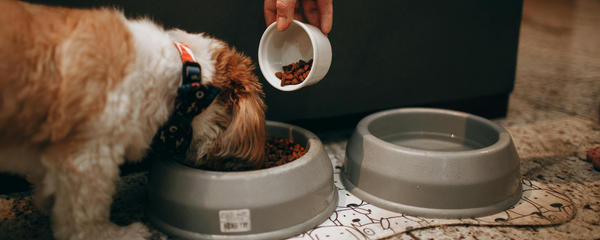
The health of a dog's gut requires proper maintenance because it supports both digestive functions and immune system strength and energy balance. Selecting a formula for sensitive stomachs that contains...
